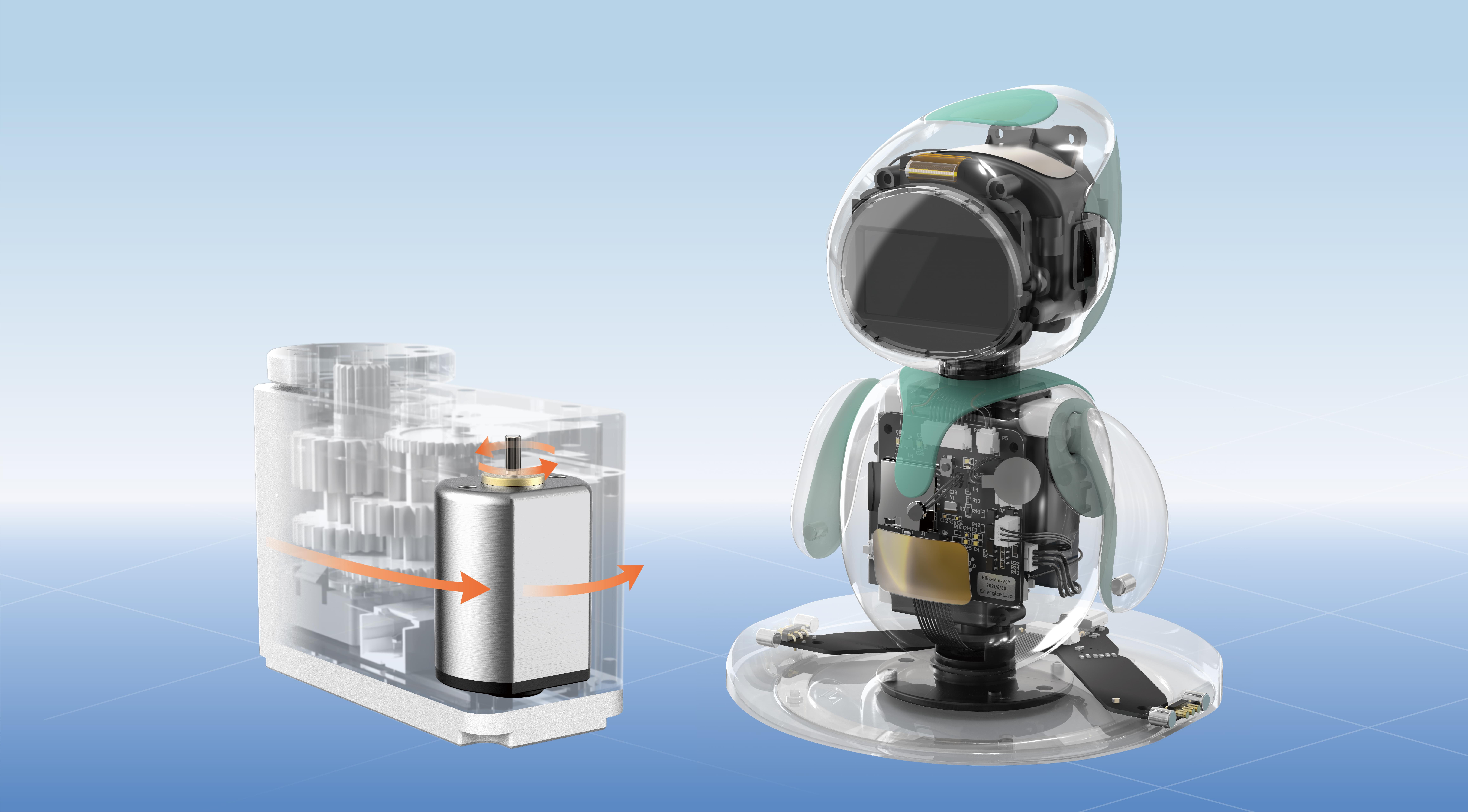Imagine building a huge digital city — hundreds of tiny neighborhoods, each with its own vibe, traffic flow, and specialty. That's what microservices are like in the tech world, especially when working with Node.js. Instead of one big monolithic app that’s complicated to change and slow to scale, microservices break everything down into bite-sized, independent pieces. Each piece can evolve, fix bugs, or even get replaced without messing up the whole city.

Node.js makes this whole process smoother. Because it’s event-driven and lightweight, it excels at handling multiple services running independently but communicating seamlessly. Think of it as a bustling metro system—each line (or microservice) runs independently, but they connect to serve the city’s needs without causing delays. And since Node.js uses JavaScript, it becomes easier for teams to develop and manage microservices without needing to learn dozens of new languages. That's efficiency wrapped in simplicity.
You might wonder, how does this actually benefit a business? Well, scalability is a big one. Want to handle more user traffic? Just spin up more instances of the specific microservices that need extra juice. No need to mess with the entire application. It’s like if your favorite coffee shop suddenly doubled its operations during a rush hour—only the parts that need to grow do.
Maintenance, too, becomes swifter. Bugs in one service won’t bring down the entire platform. Imagine if your shopping cart malfunctioned—your wishlist and user profiles stay up, unaffected. That independence leads to faster updates and less downtime, which keeps customers happy and businesses agile.
Another thing worth mentioning: testing is a breeze. Because each microservice can be isolated, it’s easier to spot bugs or add new features without risking the entire system. It’s kind of like fixing a small crack in a neon-lit billboard instead of tearing down the whole building.
But hold on, talking about microservices in Node.js isn’t all rainbows. It takes careful planning to make sure services talk to each other efficiently, and scaling can introduce complexity if not managed well. Still, for companies looking to stay nimble, it’s a game-changing approach.
Is it just hype? Not really. Let’s say you're developing a SaaS platform. Instead of building a massive codebase that’s a nightmare to update, you could split payment, user management, notifications, and analytics into separate microservices. Each can be optimized independently, giving you more control and speed.
In the end, using microservices in Node.js isn’t just a technology trend. It’s a smarter way to keep your digital operations flexible, resilient, and ready to grow. If you want a platform that’s adaptable enough for the future, this combo might be just what you need. It’s about building smarter, not harder, in the tech landscape—making sure every part of your system functions like a well-oiled machine.
Established in 2005, Kpower has been dedicated to a professional compact motion unit manufacturer, headquartered in Dongguan, Guangdong Province, China. Leveraging innovations in modular drive technology, Kpower integrates high-performance motors, precision reducers, and multi-protocol control systems to provide efficient and customized smart drive system solutions. Kpower has delivered professional drive system solutions to over 500 enterprise clients globally with products covering various fields such as Smart Home Systems, Automatic Electronics, Robotics, Precision Agriculture, Drones, and Industrial Automation.




































